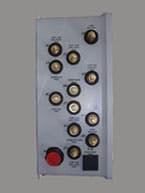What Are the Choices on Enclosures?
Our packaging machines are custom designed for each application, and in many cases we find that off-the-shelf enclosures won’t work. Although the major enclosure manufacturers tout their ability to build custom panels, we haven’t been happy with their prices, delivery or service. Are there better alternatives?
—from January ‘08 Control Design
ANSWERS
Meet Needs First
Custom panels might still be the best alternative, but when you buy from the larger enclosure manufacturers, expect to pay a premium, especially if your required quantities aren’t large or consistent. If only a custom enclosure will fit your needs, then look at smaller, more customer-driven suppliers that might be willing to be competitive in price to gain your business. This takes research, and you’ll find different cabinet suppliers might suit your needs better, so investigate as many sources as possible.
To optimize your efforts and reduce costs, proper forecasting and planning will let you place a large enough order to satisfy the cost requirements and overhead of creating a custom enclosure and meet your and your customers’ needs.
That said, because creating a custom enclosure can be costly and time-consuming, you should exhaust all available resources in locating a standard, off-the-shelf enclosure from any supplier that can meet your needs. Off-the-shelf enclosures should be a stock item with a reasonable price tag. Then evaluate the best direction, based on your findings. There always will be a trade-off between using standard or custom enclosures. But some applications are unique, and only a custom enclosure will do. In this case, a high price tag might be unavoidable.
Brian Alvarado, product manager,
Pepperl+Fuchs
Think in Modules
As a manufacturer of custom equipment who has visited several major enclosure manufacturers and collaborated with their associates over 20 years, I can report that these companies routinely pass off or toss out the majority of custom-enclosure inquiries they receive because they know they’re not in the best position to satisfy these applications.
Custom Drilled
Custom enclosures for Paneltronics are modified with additional holes and silkscreening.
Photo by Stahlin
Alternatives can be found by searching for “custom metal enclosures” in your favorite search engine. Avoid the term “custom enclosure,” which will return mostly results for car and home-stereo speaker boxes. You’ll find a half-dozen or so qualified companies scattered around the country, each with a slightly different methodology for manufacturing an enclosure to your exact specifications.
However, while you might gain some added satisfaction on service and delivery from custom enclosure manufacturers, prices will be much higher than standard enclosures due to the limited, if not one-off, volume you’re requesting.
Fast delivery and low prices for standard enclosures are attained by mass production, which requires no engineering or programming and little or no human interface once the design is finalized. By contrast, a custom enclosure often requires intense development, depending on how much modification you require and how many similarities between each variation of the enclosure are incorporated.
The key to your future satisfaction will be harmonization and compartmentalization of your designs, regardless of your supplier. Think of building blocks or modules that can be reused to eliminate as much engineering and design effort as possible. Then, use standard enclosures where possible, and stack on custom pieces where needed. The result will be minimalized engineering and production costs that you can use to maintain competitive pricing and sustain a reasonable degree of aesthetic value.
MIKE BAUCOM, executive director,
Bebco Industries
3-D Modeling Streamlines the Process
Historically, it was panel builders or other custom manufacturers that provided this service. Custom or modified standard enclosures were not something most enclosure manufacturers engaged in.
The growth and use of computer-controlled CNC equipment, advances in composite-resin technology and increased use of 3-D CAD models compressed the time from idea to reality in custom enclosure manufacturing.
Using 3-D modeling software, manufacturers can take customer information, convert to CNC machine code and produce the part from the original data supplied by the customer. Custom sizes can be produced easily using the hand lay-up process. In this way, the manufacturer serves as an extension of the customer’s own manufacturing capabilities and helps to reduce redundant paperwork and streamline the entire idea-to-reality manufacturing process.
MIKE JACKSON,
product marketing manager,
Stahlin Enclosures
MAY’S PROBLEM
We’re thinking about upgrading to digital networks on our machines for communications among the controller, I/O, sensors and maybe drives. We’re concerned about diagnosing network faults and monitoring network performance on the machine. Are there software and hardware tools we will need to install directly on our machines? Which handheld tools can our techs and our customers’ techs use to check out digital networks? How much training should we expect our support personnel will need?
SEND US YOUR COMMENTS, SUGGESTIONS OR SOLUTIONS FOR THIS PROBLEM. We’ll include it in the May ’08 issue, and post it on ControlDesign.com. Send visuals if you’d like—a sketch is fine. E-mail us at [email protected]. Please include your company, location and title in the response.
Have a problem you'd like to pose to the readers? Send it along, too.



